Find us
Edificio Europa II
Calle Musgo nº2, Madrid
+34 912 977 271
r-i@optivamedia.com
Terms and conditions

Optiva Media is part of EPAM Systems Inc., a leading global provider of digital platform engineering and software development services.
Optiva Media and the UC3M successfully developed a prototype using LiFi technology for streaming high-quality multimedia data transmission.
27/10/2022
Today, the radio spectrum must accommodate an increasing number of IoT devices, and mobile users who require faster data anywhere and anytime. Because of this, radiofrequency connections like WiFi, are becoming oversaturated.
LiFi however, does not use the band of frequencies that currently are used for IoT devices, mobile communications, etc. LiFi transmits data through LED lights that can already be found on the streets, in cars, and in homes.
LiFi can be used to connect us to high-speed wireless internet, avoiding what is known as the spectrum crunch. For this reason, Optiva Media and UC3M are very committed to the research and development of LiFi technology through the MediaLiFi project.
MediaLiFi is a national project financed by the CDTI and co-funded by FEDER. It researches the viability of LiFi technology to deliver high-speed multimedia content in public collective transportation vehicles.
Other use cases for LiFi technology:

27/10/2022
Today, the radio spectrum must accommodate an increasing number of IoT devices, and mobile users who require faster data anywhere and anytime. Because of this, radiofrequency connections like WiFi, are becoming oversaturated.
LiFi however, does not use the band of frequencies that currently are used for IoT devices, mobile communications, etc. LiFi transmits data through LED lights that can already be found on the streets, in cars, and in homes.
LiFi can be used to connect us to high-speed wireless internet, avoiding what is known as the spectrum crunch. For this reason, Optiva Media and UC3M are very committed to the research and development of LiFi technology through the MediaLiFi project.
MediaLiFi is a national project financed by the CDTI and co-funded by FEDER. It researches the viability of LiFi technology to deliver high-speed multimedia content in public collective transportation vehicles.
Other use cases for LiFi technology:


 SocialTV ChatBot
SocialTV ChatBot